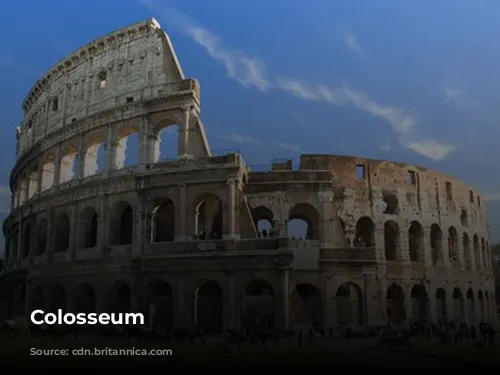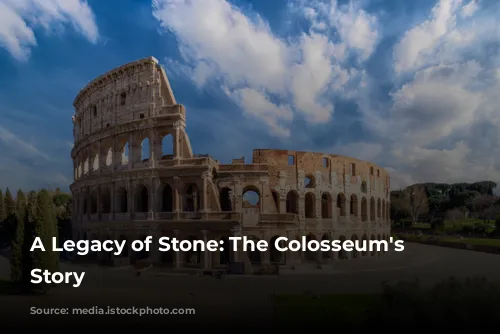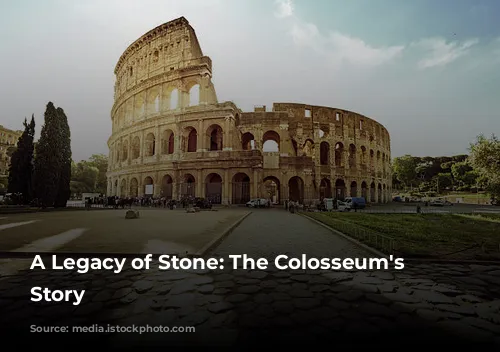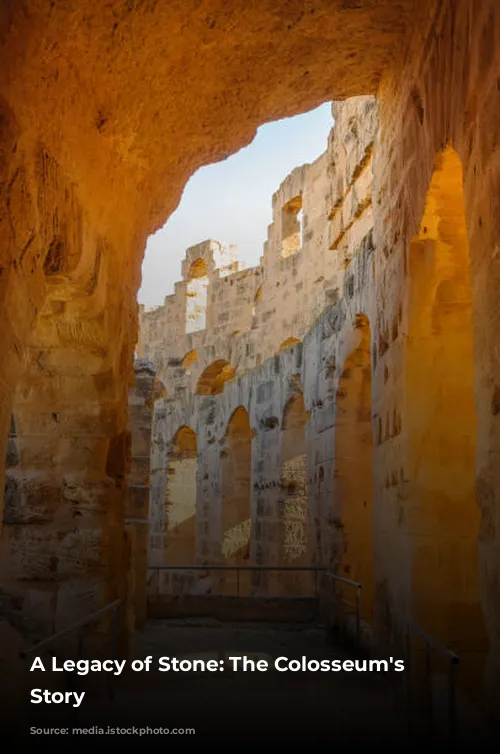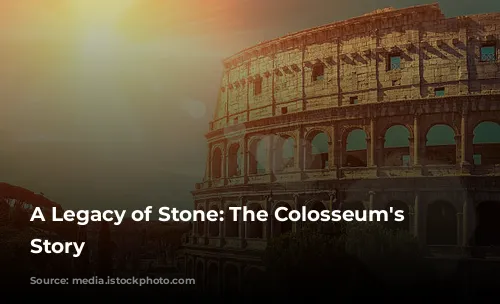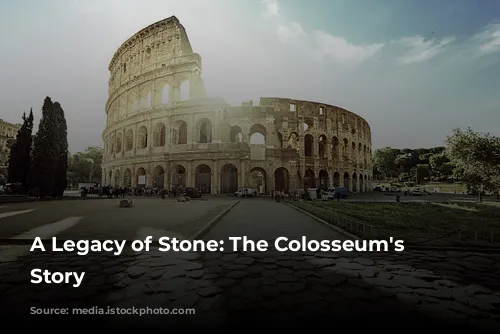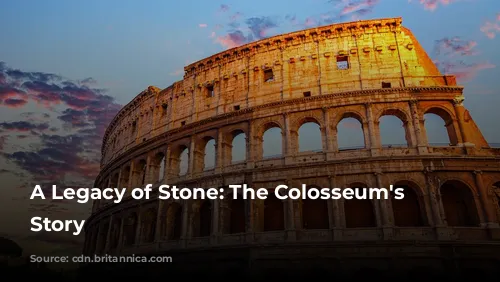The Colosseum, one of the few surviving remnants of the Roman Empire, stands as a testament to the architectural and engineering genius of ancient Rome. It’s not just a historical landmark; it’s a major economic driver for Italy, attracting millions of tourists each year. In 2018, the Colosseum, Roman Forum, and Palatine Hill collectively generated over $63.3 million (€53.8 million), making it the most lucrative tourist destination in the entire country.
This ancient marvel has endured a fascinating journey through time, reflecting the changes in Roman society and the passage of centuries.
From Arena to Fortress: The Colosseum’s Evolution
The Colosseum’s story is deeply intertwined with the rise and fall of the Roman Empire. Following the collapse of the Western Roman Empire, the once grand amphitheater fell into disrepair. The arena, once a stage for gladiatorial combat and elaborate spectacles, became a fortress for powerful families like the Frangipane and Annibaldi during the 12th century.
In the late 15th century, Pope Alexander VI even allowed the Colosseum to be stripped of its stones for construction projects. This neglect continued for over a thousand years until state-funded restoration efforts began in the 1990s. The Colosseum’s journey highlights the cyclical nature of history, with periods of glory followed by neglect, and eventual resurrection.
A Symbol of Imperial Might: Building the Colosseum
The Colosseum wasn’t just a building; it was a symbol of Roman power and imperial ambitions. Built during the reign of the Flavian emperors, the arena was intended to reinvigorate Rome after a tumultuous period. Emperor Vespasian envisioned it as a place for public entertainment, hosting gladiatorial fights, animal hunts, and even mock naval battles.
Construction began under Vespasian between 70 and 72 CE and was completed by his son Titus in 80 CE. The arena’s fourth story was added by Emperor Domitian in 82 CE. The Colosseum’s construction was funded by the spoils of war, specifically, the loot from Titus’s conquest of Jerusalem. The laborers who built this grand spectacle were enslaved Jews from Judea. This fact serves as a poignant reminder of the complex and often brutal realities of the Roman Empire.
An Architectural Masterpiece: The Colosseum’s Design and Engineering
The Colosseum, also known as the Flavian Amphitheater, is a majestic structure. Constructed from stone, concrete, and tuff, it rises four stories high with an elliptical shape. Measuring 620 by 513 feet (189 by 156 meters), it could hold up to 50,000 spectators. Its scale and grandeur are awe-inspiring, even today.
The Colosseum was a marvel of Roman engineering. Unlike earlier amphitheaters built into hillsides for support, the Colosseum stands as a freestanding structure. Its complex system of barrel and groin vaults ensured its stability. The facade, a testament to Roman architectural artistry, is adorned with three tiers of arcades supported by columns in the Doric, Ionic, and Corinthian orders, a design that influenced architecture throughout the Renaissance.
A Stage for Spectacle: The Colosseum’s Purpose
The Colosseum wasn’t just a building; it was a vibrant space designed for entertainment and spectacle. It was designed to accommodate tens of thousands of spectators, protected from the sun by a retractable awning called a velarium. This remarkable feat of engineering required hundreds of sailors to manipulate the complex rigging that extended and retracted the velarium, creating a spectacle within a spectacle.
The arena hosted a wide range of events, from gladiatorial combat to animal hunts and even mock naval battles. It was a place where the Romans celebrated their strength, prowess, and power. While there is no conclusive evidence, the Colosseum has been associated with the martyrdom of early Christians, adding another layer to its rich and complex history.
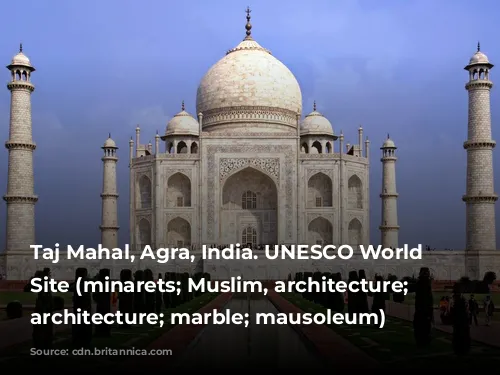
Enduring Legacy: The Colosseum Today
The Colosseum’s journey is one of both destruction and preservation. It was used as a fortress and a quarry, stripped of its precious marble and decorative elements. Despite the damage, the Colosseum’s sheer scale and architectural brilliance prevented it from disappearing entirely.
Preservation efforts began in earnest in the 19th century and continue today. The Colosseum remains one of Rome’s most popular tourist attractions, welcoming millions of visitors each year. Changing exhibitions showcasing the culture of ancient Rome are regularly held within its walls. The Colosseum stands as a powerful reminder of the legacy of the Roman Empire, its triumphs, its struggles, and its enduring impact on the world.

